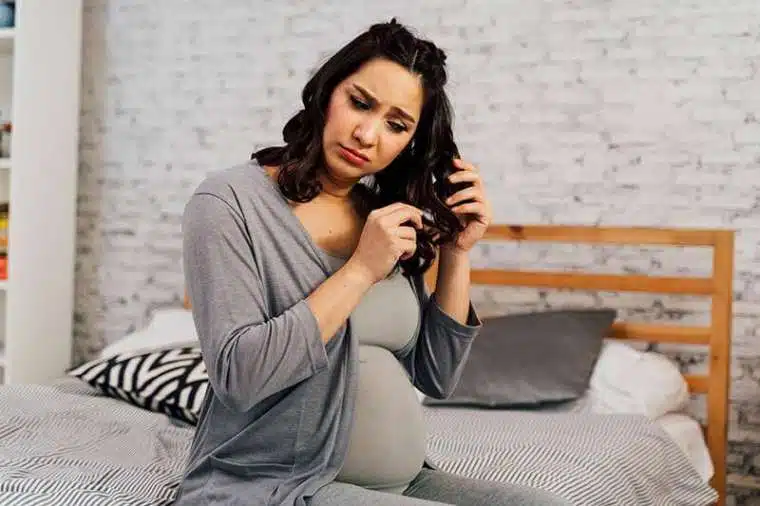Although baldness is generally associated with the male gender in the collective perception, hair loss in women is by no means a phenomenon that can be considered rare. The psychological impact of such a situation is much greater, as abundant hair is traditionally seen as a symbol of femininity. The causes of hair loss are numerous and varied. However, it has been proven that in a very high percentage of cases, hair loss is related to hormones. If the hormonal balance in a woman's body is disrupted, it is very likely to lead to hair loss.
1. Testosterone
It is a hormone associated with the male gender, but it is normally produced in small amounts in the female body as well. Testosterone is at the center of the hair loss process, as its derivative dihydrotestosterone (DHT) is responsible for androgenetic alopecia. An elevated level of testosterone in women can lead to increased hair growth in other body areas – such as the face – and to thinning hair or hair loss.
2. The Role of Estrogen
Estrogen acts beneficially by protecting hair from the degenerative effects of DHT and helping more hair to remain in the anagen phase. Modern research seems to conclude that the balance between estrogen and progesterone plays a crucial role in hair growth, and a possible disruption of this balance can lead to hair loss and degeneration. This is also why the results mentioned above can arise not only from a decrease in estrogen levels but also from an excessive increase. A disruption in the balance leading to an excess of estrogen can have various causes, such as weight gain, endocrine disorders, or usually the time just before menopause.
Periods in a woman's life when she is likely to experience hair loss
3. The Postpartum Period
During pregnancy, estrogen and progesterone levels are particularly high. This leads to a woman's hair being healthier and more voluminous than ever before. The sharp drop in the levels of these hormones after the end of pregnancy leads to increased hair loss, as a large portion of the hair enters the telogen phase. The condition described above can last for several months, and in some cases even up to two years after childbirth. However, it is normal, and the hair that is lost is actually the “extra” hair from pregnancy.
4. Menopause
Hair loss is common during menopause. The estrogen level, which is mainly produced in the ovaries, decreases. However, a small portion of it is still produced in other parts of the body.
5. But What About Progesterone?
Unlike estrogens, which are available from other sources, progesterone is present in very small percentages. This fact leads to a disturbance in the relationship between the two hormones. This can lead to hair loss and other typical symptoms of menopause.
6. Polycystic Ovary Syndrome
Another condition where hormones in the female body are out of balance is polycystic ovary syndrome. For reasons not yet fully understood, the ovaries produce slightly more androgens than normal. This can lead to increased hair growth in other parts of the body or hair loss.






